For many artists, knowing how to avoid overworking a painting is a chronic struggle. Being able to anticipate when to stop, when you’ve gone too far and how to prevent pushing too much paint around are all common worries and questions among any type of artist, of all levels and types of mediums.
But my question is, why does it matter?
How to Avoid Overworking Your Paintings
The other day I was picking up my son from his preschool and the kids were all sitting at a table painting when I arrived. Each one of them seemed to have been pushing paint until the pieces seemed “destroyed.” But of course, no 3 year-old is worried about overworking, and no parent is receiving these art pieces and thinking “This is totally overworked!” So, where does this question come from and how do we avoid overworking our paintings?
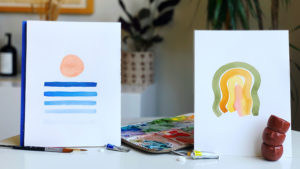
Standards of Overworking Come from Outside
Whether you went to art school and were taught theory and traditional styles and foundations for painting, or you’re consumed with looking at other artist’s work online, we all have different outside sources that inform how we judge our own paintings. This makes it impossible to develop some sort of formula or rule around when a painting is too far gone. So first things first: Get your mind right and analyze where your fears or needs for understanding overworking come from. Most of the time they may not feel aligned with your painting practice at all and will hinder your growth.
Perfection Cannot Be Achieved
While I believe in what I said above, there are definitely paintings that are simply overworked and distasteful to look at. A lot of times though, this happens in a person who has perfectionist tendencies. Simply put, perfection cannot be achieved, so if you have a goal in mind or are looking at another artist’s work as a point of reference, you’re probably going to end up overworking your pieces. Why? You will never be able to achieve perfection and looking at another artist's work will only increase frustrations.
Focus on What Can Be Left Out
“Art is the elimination of the unnecessary.” – Pablo Picasso
A lot of times, overworking happens when the artist thinks something can be fixed by adding more, when it’s usually the opposite! From the start of the painting, think of the negative space just as much as the space you’re creating or the positive space. My mini course “Photograph Your Artwork” has a lesson and a guidebook on composition and balance that is really helpful in this department. Yes, it’s a course on taking photos of your work, but a lot of the theories and foundational techniques for photography are the same for painting and art. This takes a lot of patience, practice and yes, turning your brain off. Put on a good playlist (like this one!) and just chalk it up to practice! Practice makes progress!
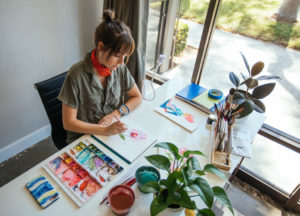
At the end of the day, to avoid overworking your paintings, always keep your original vision in mind. Take breaks and step back throughout your painting and always come back to that. Practicing isn’t just about developing muscle memory and better technique, but flow and being able to feel when it’s time to stop is something that comes with more time.
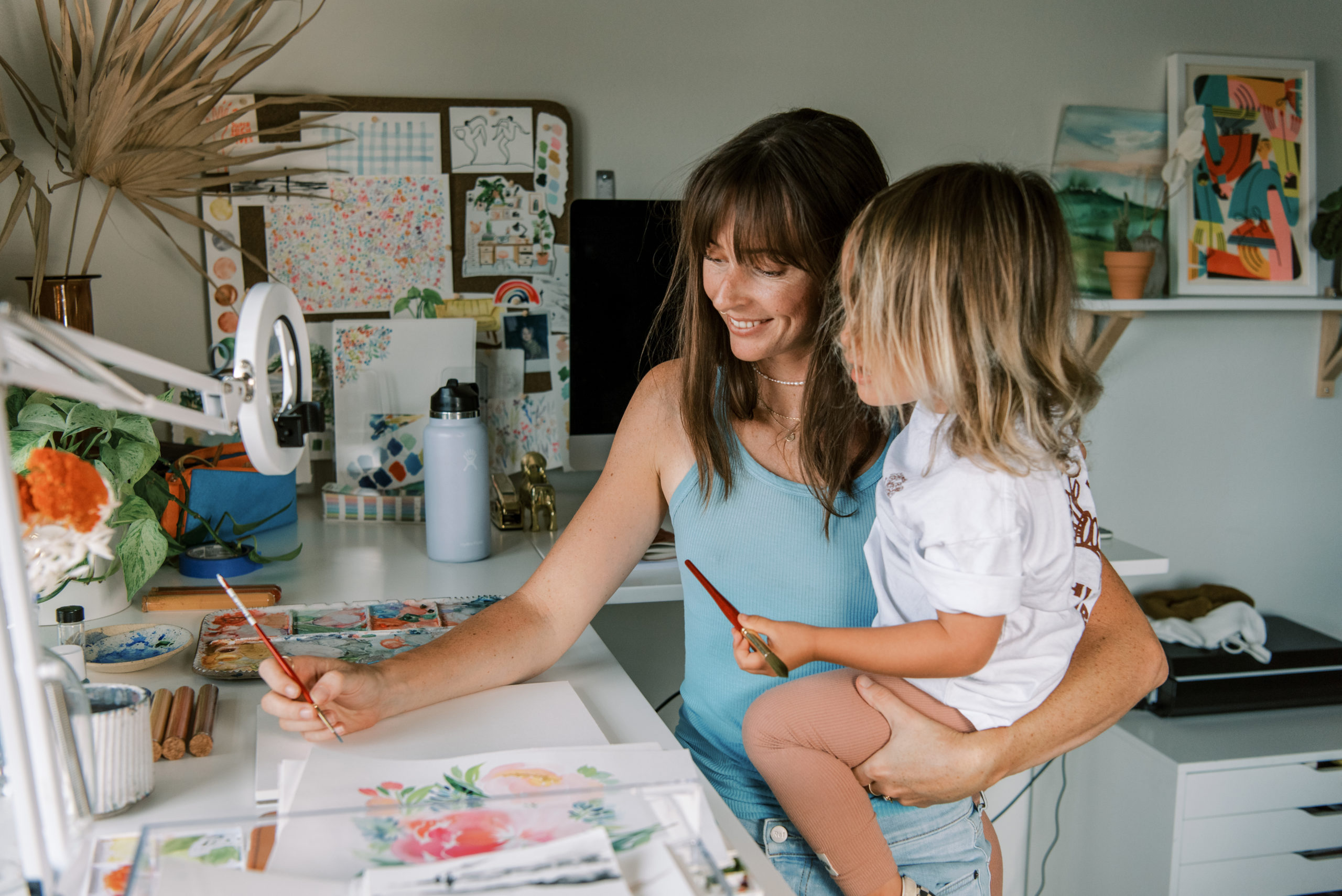






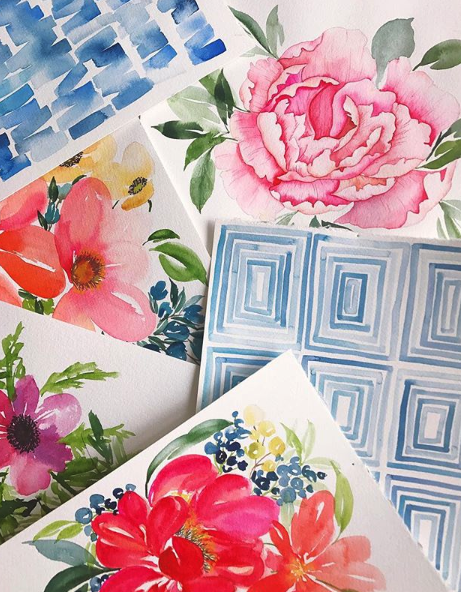


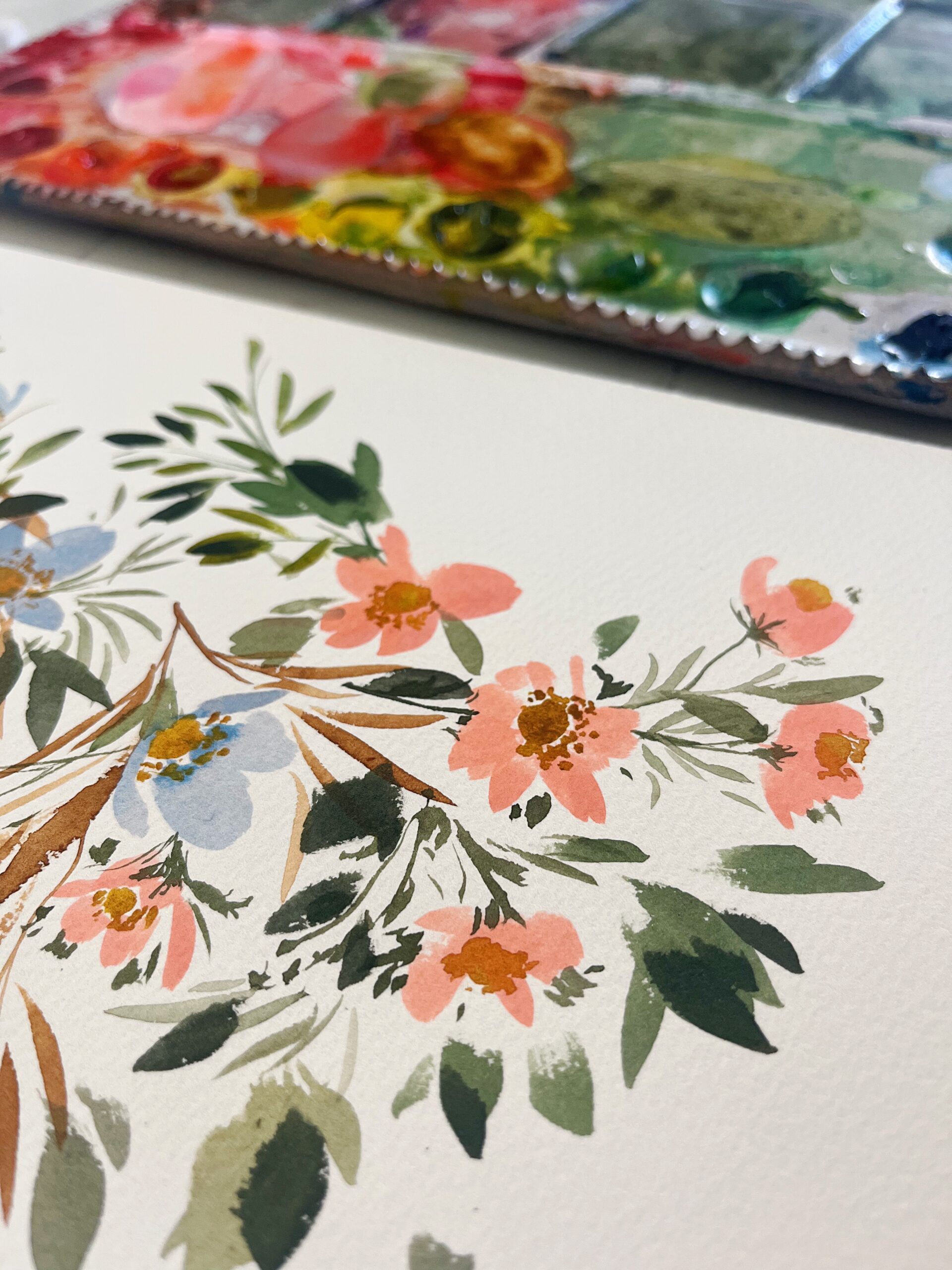


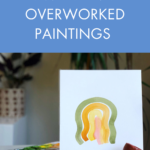

+ show Comments
- Hide Comments
add a comment